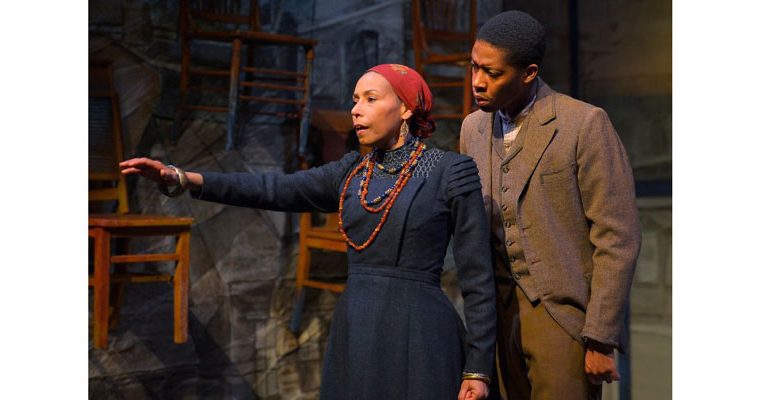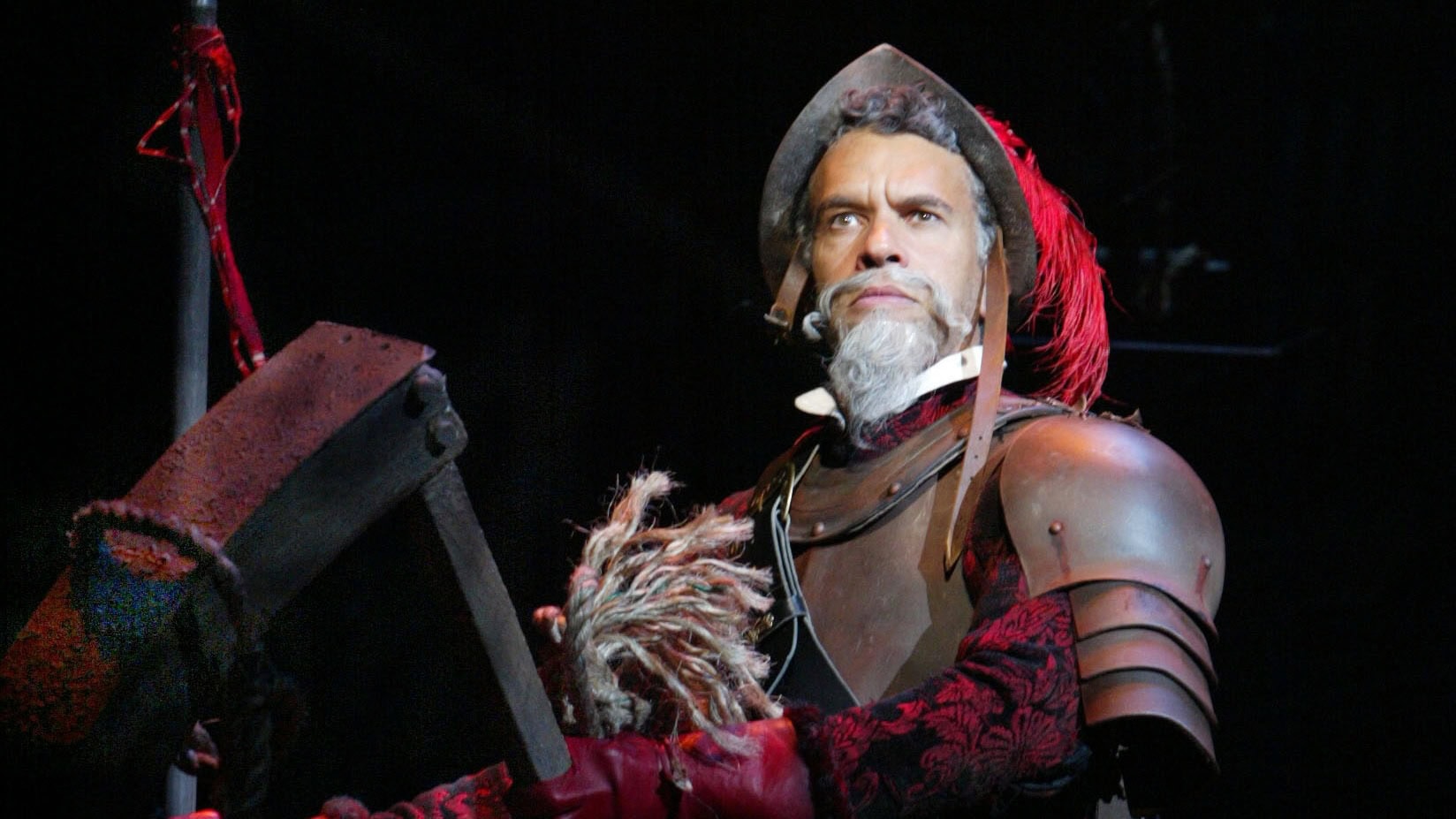
Set in 1904, August Wilson’s Gem of the Ocean is the ninth work in his Century Cycle, which has recorded the American Black experience and helped to define generations. In this piece, Aunt Esther, a fiery 285-year-old matriarch, welcomes into her Hill District home Solly Two Kings, who was born into slavery and scouted for the Union Army, and Citizen Barlow, a young man from Alabama searching for a new life. Marin Theatre Company recently produced Gem of the Ocean, and we are proud to share their dramaturg’s pieces on the impact and influence of Wilson’s work. Be sure not to miss this three part series.
Yemaya’s color signs are blue and white. Her numerical vibration is 7. Her metal is silver. Her foods include watermelon, corn meal, and molasses. Sea salt is her spice. Her favored day is Saturday.
Yoruba cosmology is one of the spiritual traditions that undergirds August Wilson’s Gem of the Ocean. Just as the Christian philosophies in Gem of the Ocean are voiced while the Yoruba references are coded, many Yoruba practitioners in the Americas resisted the imposition of Christianity by cleverly masking their spirituality within Christian rituals. While originating in southwestern Nigeria, Yoruba spiritual practices have moved throughout the African diaspora with particular prominence in Cuba, Trinidad, Brazil, and the United States. Yoruba spirituality is built on ancestor veneration, divination to stay true to one’s life path, and a reciprocal relationship between humans and the Divine forces of nature known collectively as rìṣà.
One such rìṣà is Yemaya (as expressed in much of the African Diaspora)or Yemọnja(as named in Nigeria) who is a major presence in Gem of the Ocean through Aunt Ester’s life’s work and Citizen’s journey. Yemaya governs the top cresting waves of the ocean, community nurturance, and a woman’s womb. She can be a generous healer, a fierce warrior, and a salty companion with a sharp tongue. Just as the ocean holds the earth in place, Yemaya takes care of her community. The adjacent painting by Yasmin Hernandez, appropriately entitled “Yemaya,” powerfully refers to both Yemaya’s top of the ocean as well as the realm of Olókun, the rìṣà who presides over the most mysterious depths of the sea. While Yemaya offered protection for enslaved Africans through the vile Middle Passage, Olókun provided a home at the bottom of the sea for those who found a watery grave.
Other Yoruba Divinities suggested by Gem of the Ocean are the warrior gún —the energy of metal, hard work, and the continuous beating heart in the body, suggested by Solly’s chain link and his devotion to Black people; Ọ̀ṣun—the energy of sensuality, community continuity, and the blood flowing through human veins, suggested by Black Mary’s companions and her succession to Aunt Ester’s role as healer; Ọbàtálá—the force of peace and justice, venerated eldership, and the caretaker of the human head or Orí where the destiny resides, as suggested by Eli, the sentinel for 1839 Wylie Avenue who opens the play with the declaration/incantation, “This is a peaceful house.”
Aunt Ester (Margo Hall, left) guides Citizen Barlow (Namir Smallwood) in Gem of the Ocean at Marin Theatre Company.
To purchase a copy of August Wilson’s Gem of the Ocean, click here, and to learn more about licensing a production, click here.

“The Impossible Dream” – An Anthem of Hope

In the Spirit: Plays and Musicals Based on A Christmas Carol


